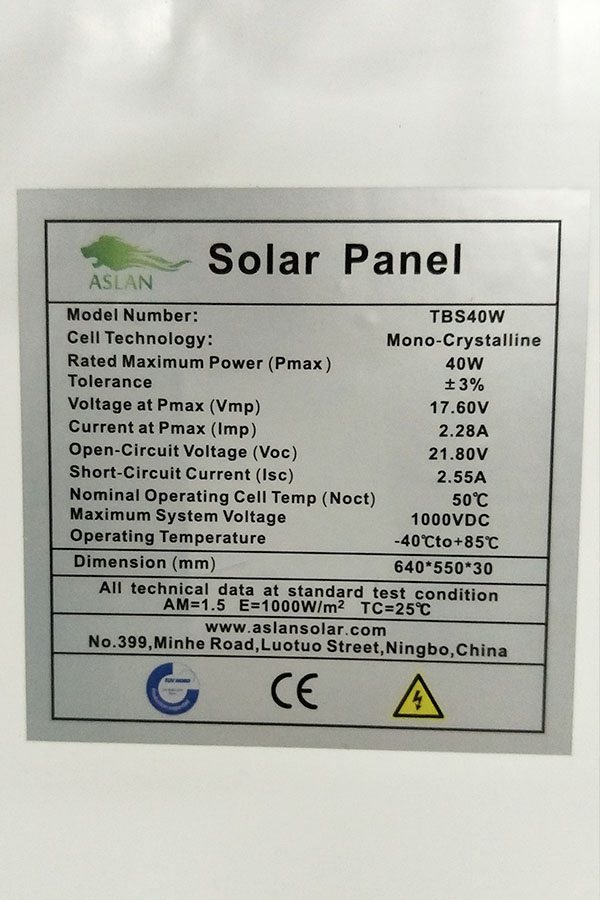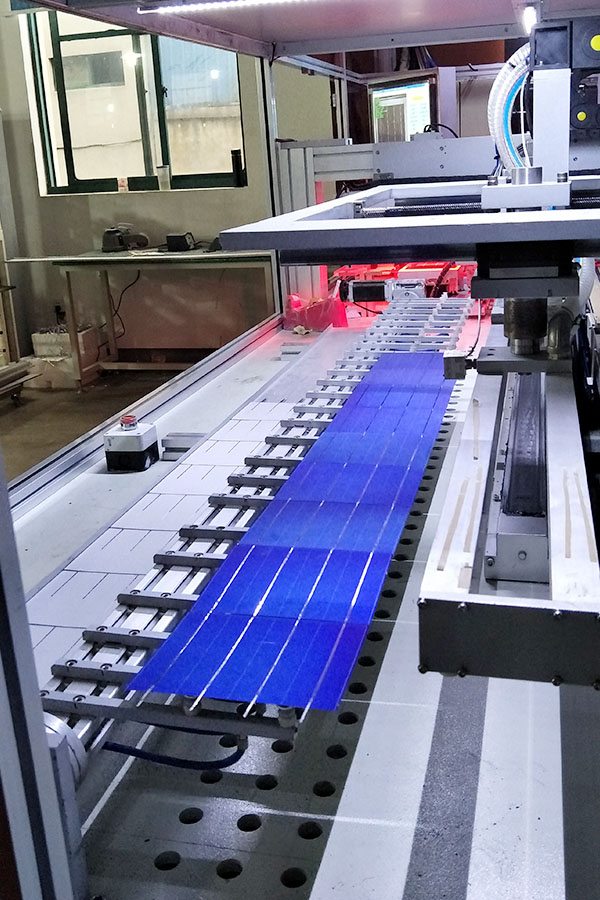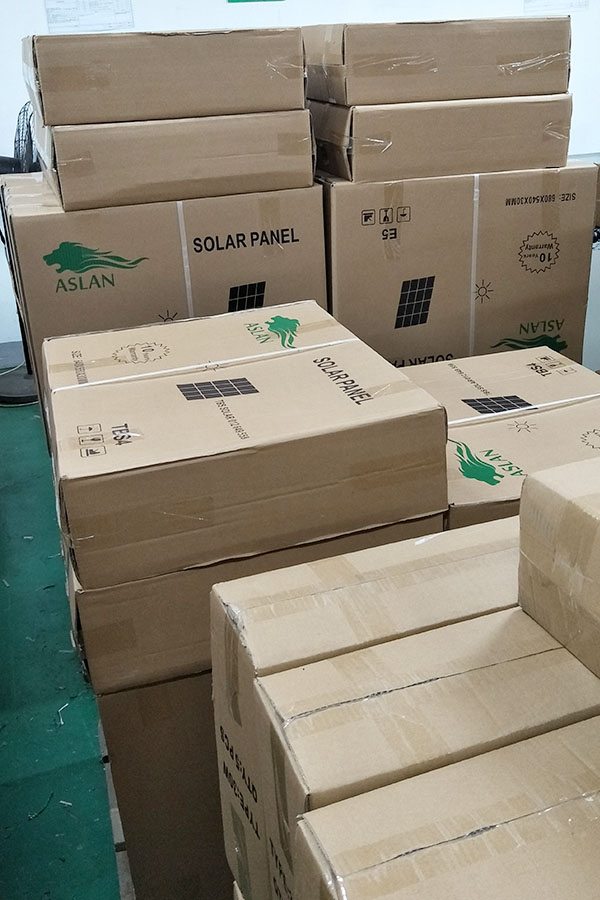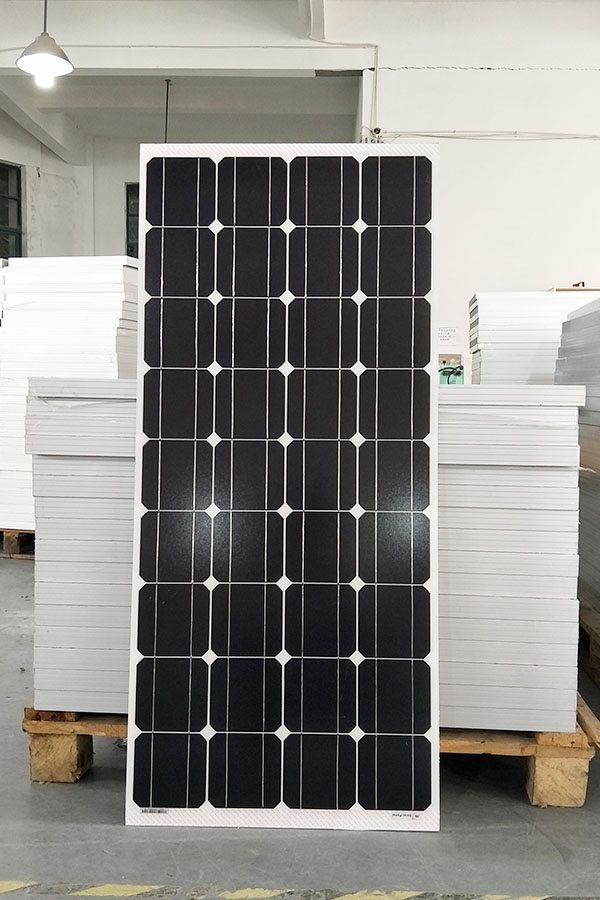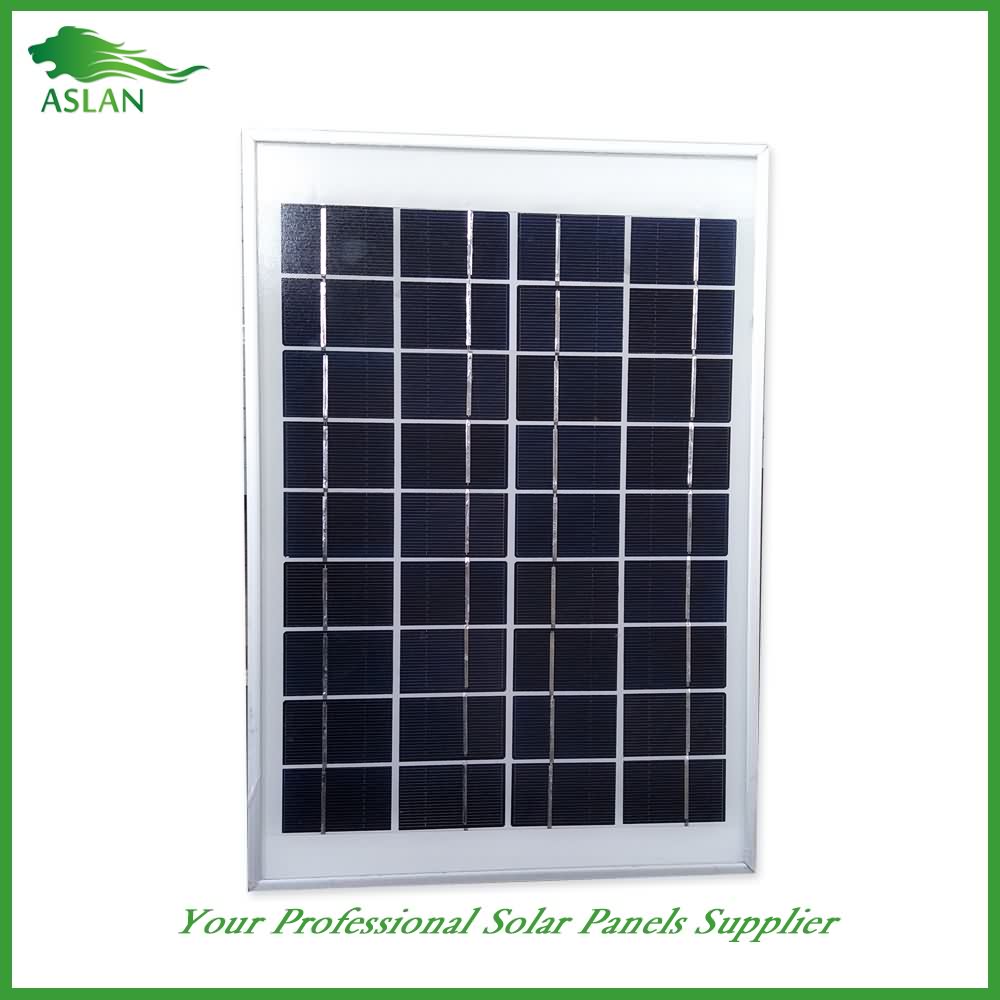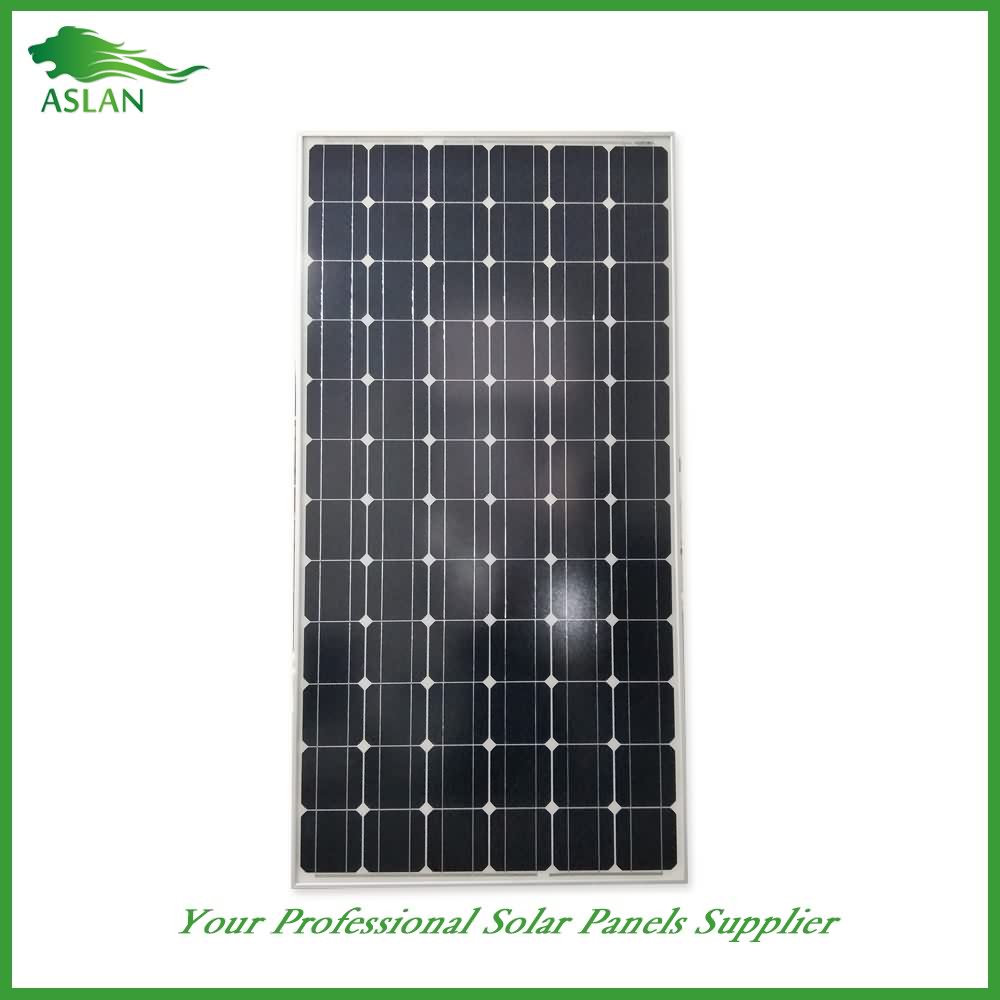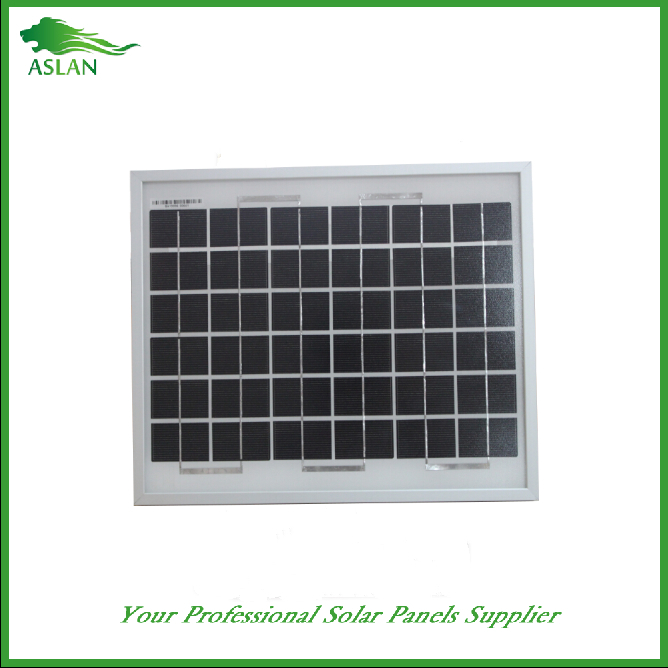8 Years manufacturer Poly-crystalline Solar Panel 80W New York Manufacturer
Short Description:
Sticking to the belief of "Creating products of high quality and making friends with people from all over the world", we always put the interest of customers in the first place for 8 Years manufacturer Poly-crystalline Solar Panel 80W New York Manufacturer, We sincerely welcome friends from all over the world to cooperate with us on the basis of long-term mutual benefits.
Poly-crystalline Solar Panel 80W
Technical parameter
Maximum Power(W) 80W
Optimum Power Voltage(Vmp) 18.13V
Optimum Operating Current(Imp) 4.70A
Open Circuit Voltage(Voc) 21.79V
Short Circuit Current(Isc) 5.16A
Mechanical Characteristics
Cell Type Poly-crystalline 156x104mm (6 inch)
No of Cell 36 (4x9pcs)
Dimensions 1008x678x35mm
Weight 8.3KGS
Front Glass 3.2mm,High Transmission, Low Iron,Tempered Glass
Junction box IP65 Rated
Output Cable TUV 1×4.0mm2/UL12AWG,Length:900mm
Temperature and Coefficients
Operating Temperature(°C): -40°C ~ + 85°C
Maximum System Voltage: 600V(UL)/1000V(IEC) DC
Maximum Rated Current Series: 15A
Temperature Coefficients of Pmax: -0.435%
Temperature Coefficients of Voc: -0.35%
Temperature Coefficients of Isc: 0.043%
Nominal Operationg Cell Temperature (NOCT): 47+/-2°C
Materials of solar panel
1).Solar Cell——Poly-crystalline solar cell 156*104mm
2).Front Glass——-3.2mm, high transmission, low iron, tempered glass
3).EVA——-excellent anti-aging EVA
4).TPT——-TPT hot seal made of flame resistance
5).Frame——anodized aluminum profile
6).Junction Box——-IP65 rated, high quality, with diode protection
Superiority: high quality anodized aluminum frame, high efficiency long life, easy installation, strong wind resistance, strong hail resistance.
Features
1. High cell efficiency with quality silicon materials for long term output stability
2. Strictly quality control ensure the stability and reliability, totally 23 QC procedures
3. High transmittance low iron tempered glass with enhanced stiffness and impact resistance
4. Both Poly-crystalline and Mono-crystalline
5. Excellent performance in harsh weather
6. Outstanding electrical performance under high temperature and low irradiance
Quality assurance testing
Thermal cycling test
Thermal shock test
Thermal/Freezing and high humidity cycling test
Electrical isolation test
Hail impact test
Mechanical, wind and twist loading test
Salt mist test
Light and water-exposure test
Moist carbon dioxide/sulphur dioxide
Do you have a plan for how to keep your fresh food cold in the event of a power outage?
Part of my plan is to use this 12v fridge/freezer that I purchased 13 years ago for camping and off-roading. It’s an ARB 40 liter model, but similar units are available in the Engel and other brands, they’re all very similar. They can run off either 12v DC or 120v AC power. More information below on current models:
- http://arb.com.au/products/arb-freezer-fridges/
I wanted to determine how much current and power this fridge requires to stay cold for 24 hours. For the test, I pre-cooled the unit with 2 gallons of liquid inside for ~5 hours. Then I reset the power meter and recorded the amp- and watt-hours for 24 hours of operation. The fridge was outside in 55-75 degree temperatures for that period.
I found the overnight (16 hour) consumption was 12 amp-hours for 24 hours, it was 18.35 amp-hours and 218 watt-hours.
For comparison, my Energy Star refrigerator uses about 1400 watt-hours in 24 hours. And I looked up what an Energy Star mini-fridge uses and that is about 600 watt-hours per day.
Now this 40L (1.4 cu.ft.) fridge is at the low end of mini-fridge size, but at 1/3 the energy consumption, it makes an attractive off-grid solution.
I was able to run mine continuously on about 90 watts of solar panels and a couple of 35AH batteries. One other reason for doing this test is that I wanted to see how much capacity I would need if I wanted to set up a portable solar system for use in my truck. That way I could set up some folding panels and charge a battery during the day to run the fridge at night for extended camping. A 100W folding solar panel runs about $200, add in a small charge controller and battery and a decent portable system would cost under $300.
I would not classify myself as a “prepper”, but if I can do some basic preparation to be a little more comfortable in a power outage situation, by all means I’ll do them. I now know I can plug in the fridge into my solar power system and just leave it on if I need it. That makes it just like my house refrigerator, I never think about it, it is just there and works all by itself, same with this 12V fridge. That is one less thing to worry about in case the power is out for an extended time.
Anyone looking for an off-grid refrigeration system might consider something like this. There are also the 3-way powered RV refrigerator/freezes, that run off 12V, 120V and propane/LPG. I don’t have LPG at home, so that was not an option for me. One advantage of these 12V fridges is that they tolerate running at extreme angles, unlike the propane models that need to be fairly level.
Hope you enjoyed the video and found it informative. Stay tuned for a followup video where I’ll brine a turkey breast in preparation for smoking it on Thanksgiving.
Thanks for watching!
Đính chính: Tấm pin hấp thu ánh sáng (quang năng) chuyển đổi thành điện năng chứ không phải hấp thu nhiệt rồi chuyển thành quang như bạn thuyết minh trong video này nói nhé.


